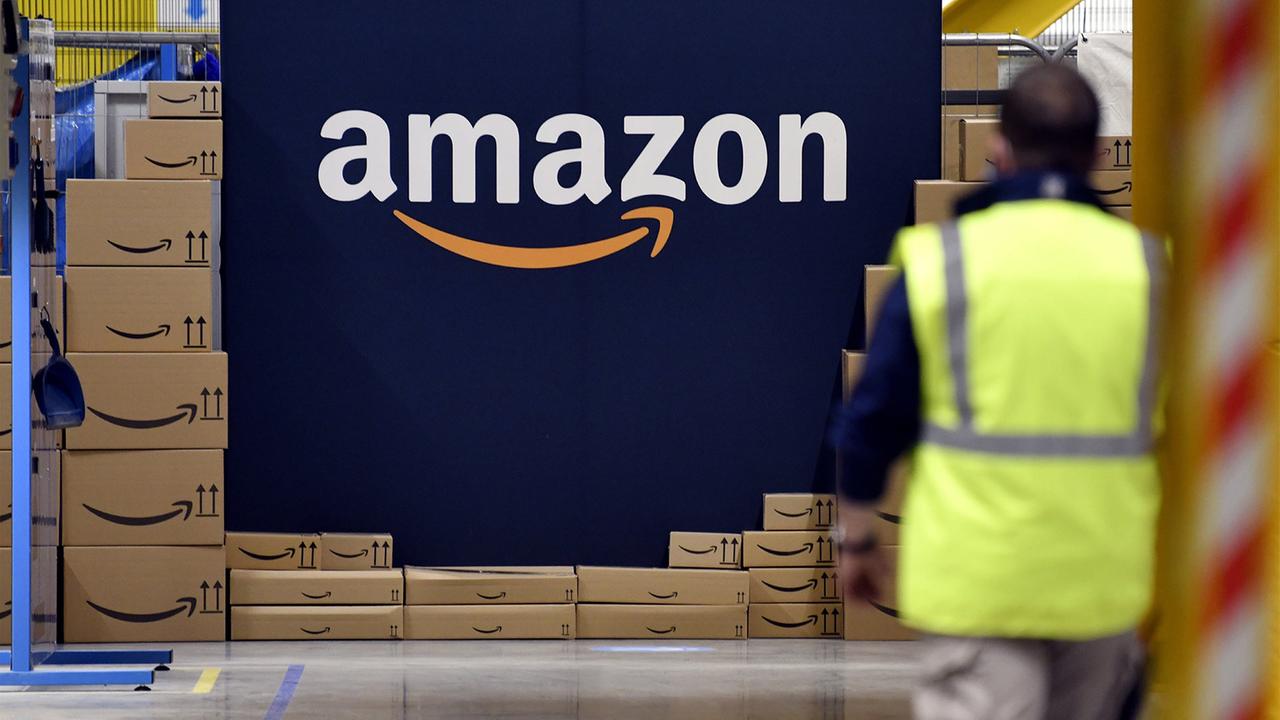The rise of remote work has transformed the professional world, offering employees unprecedented flexibility and fundamentally altering the dynamics of workplace culture. However, recent moves by several major corporations, including Amazon, Dell, and JPMorgan Chase, have led to growing concerns that the era of remote work may be waning. Amazon recently announced that its corporate workforce would be required to return to the office five days a week, while Dell informed its global sales team that remote work should be considered the exception rather than the norm. JPMorgan Chase’s CEO, Jamie Dimon, has also expressed frustration at the sight of empty federal buildings, criticizing the slow return of government employees to office work.
These high-profile announcements have raised fears that other businesses may soon follow suit, signaling a broader retreat from the remote work flexibility that employees have come to appreciate. Yet, despite these public declarations, there are strong reasons to believe that remote work is not disappearing anytime soon. These recent developments may be driven by specific corporate strategies rather than an industry-wide rejection of flexible work models.
In the case of Amazon, CEO Andy Jassy justified the company’s decision by emphasizing the need to improve collaboration and strengthen the organization’s culture. However, Jassy’s memo also shed light on another underlying issue: the company’s managerial ranks have grown too large, leading to inefficiencies in decision-making. To address this, Jassy outlined a plan to increase the ratio of individual contributors to managers by at least 15% by the first quarter of 2025, sparking concerns that layoffs among middle managers might be on the horizon. Amazon was quick to dismiss these fears, assuring employees that there were no plans for headcount reductions as part of the new return-to-office (RTO) policy.
While layoffs may not be in the cards, some experts suggest that Amazon’s stricter office attendance requirement could serve as an indirect method for trimming its managerial ranks. Chris Williams, a former Microsoft human resources executive, speculated that the company could use the unpopular mandate to encourage voluntary resignations among middle managers who might prefer to avoid the daily commute. By doing so, Amazon could reduce its managerial headcount without resorting to formal layoffs or offering severance packages.
This strategy, while potentially effective in the short term, carries risks. If too many managers choose to leave, Amazon may struggle to fill these roles, particularly if prospective hires are unwilling to commit to a full-time office presence. Williams suggested that Amazon could ultimately relax its RTO policy in order to attract top talent, especially if the company finds itself at a disadvantage in recruiting candidates who prioritize flexibility.
Despite the attention-grabbing nature of Amazon’s and Dell’s recent moves, the overall demand for remote work remains strong. A Gallup survey conducted in May showed that the majority of employees in remote-capable jobs continue to enjoy some form of flexibility. Of those surveyed, 53% reported working on a hybrid schedule, 27% worked entirely remotely, and only 21% were fully onsite. These figures have remained stable over the past year, highlighting the enduring appeal of flexible work arrangements.
In addition, data from Indeed.com shows that job postings offering remote and hybrid work options have only slightly declined over the past year, dropping by just half a percentage point. Nick Bunker, Indeed’s director of economic research for North America, attributed this small decline to reduced hiring in certain industries, such as software development, rather than a broader rejection of flexible work models.
Employee preferences further illustrate the staying power of remote work. According to a survey conducted by the Conference Board, workplace flexibility is now the second most important factor for employees, ranking just behind a competitive salary. Human resources leaders have recognized that offering hybrid work options is essential for attracting and retaining top talent. Gallup’s research reinforced this point, with 64% of fully remote workers and 29% of hybrid workers indicating that they would be highly likely to seek new employment if their current company no longer allowed remote work.
Many corporate leaders are keenly aware of these preferences. A report from the Conference Board earlier this year revealed that only 4% of US CEOs planned to focus on bringing employees back to the office full-time. Chris Williams, now a consultant for executive leaders, observed that most forward-thinking CEOs understand that face-to-face interaction is not the only way to foster a positive workplace culture. In conclusion, while companies like Amazon and Dell may be tightening their return-to-office policies, these actions do not signal the end of remote work. The popularity of flexible work arrangements remains strong, and many companies continue to recognize the benefits of offering hybrid or remote options. Far from fading away, remote work is likely to remain a key feature of the modern workplace, providing employees with the flexibility they desire while allowing companies to adapt to an evolving professional landscape.









